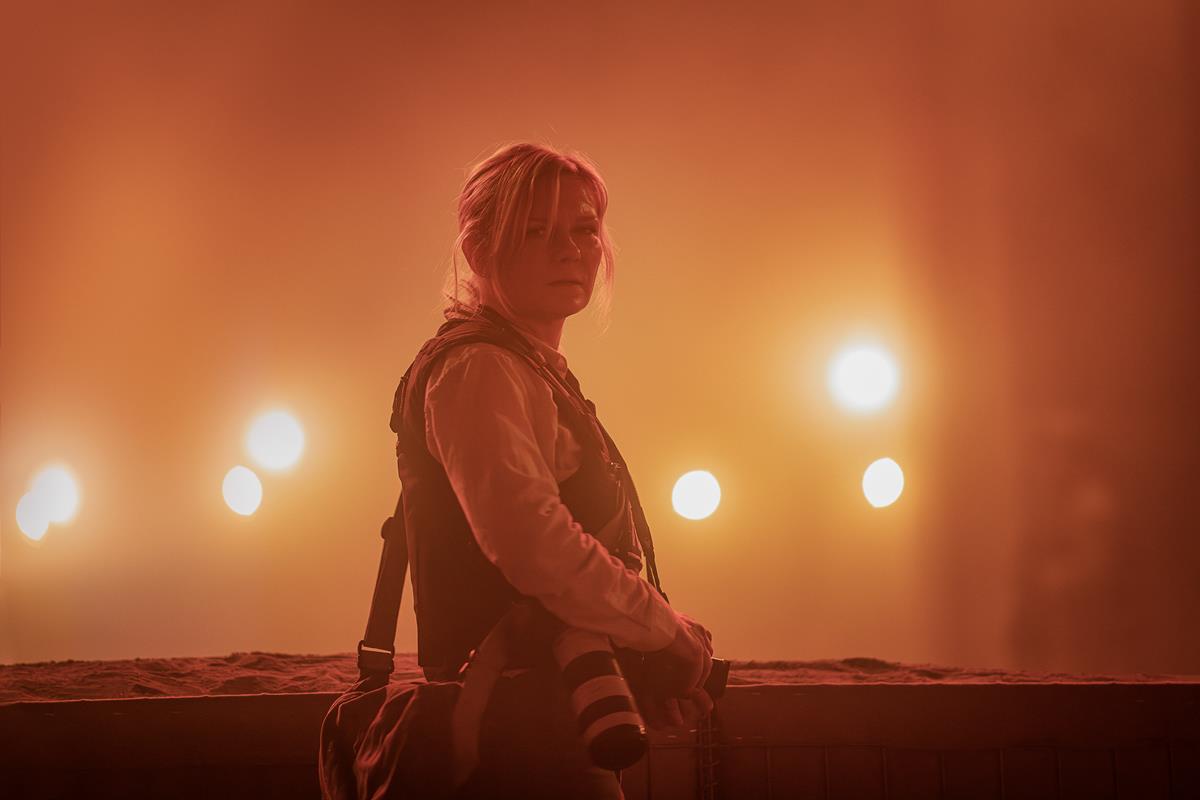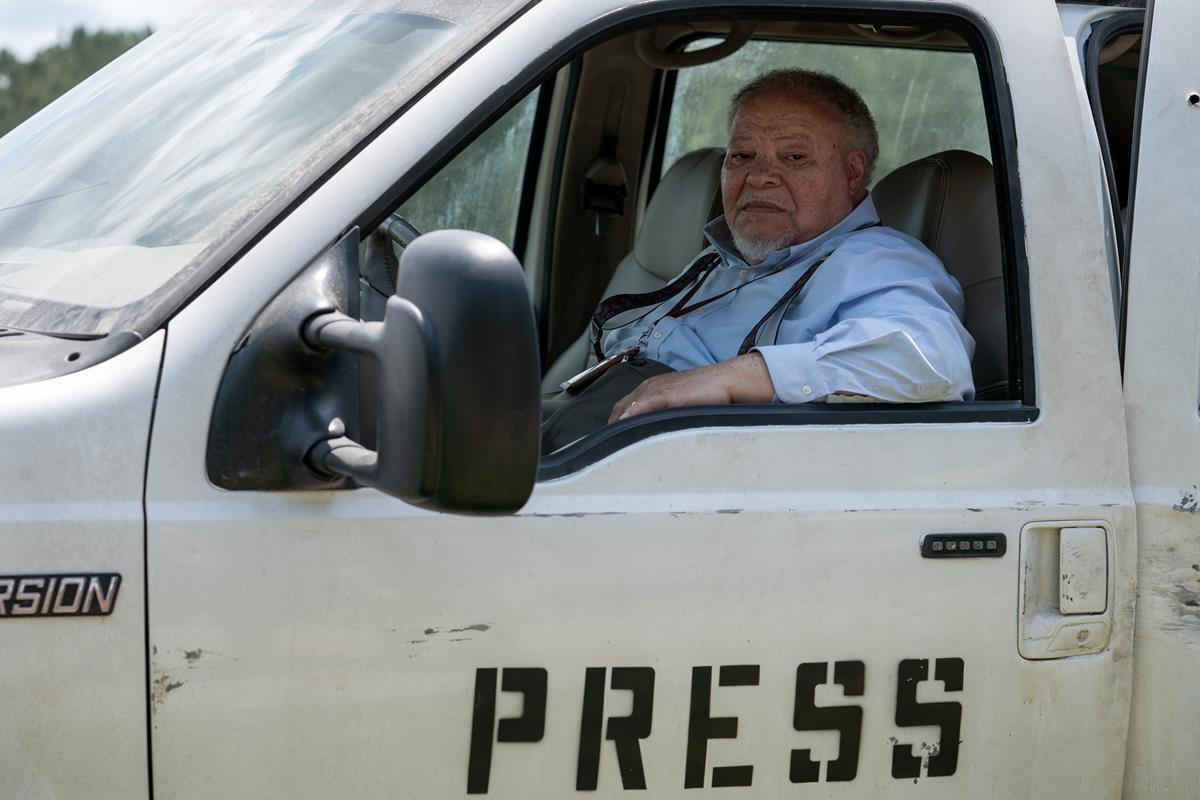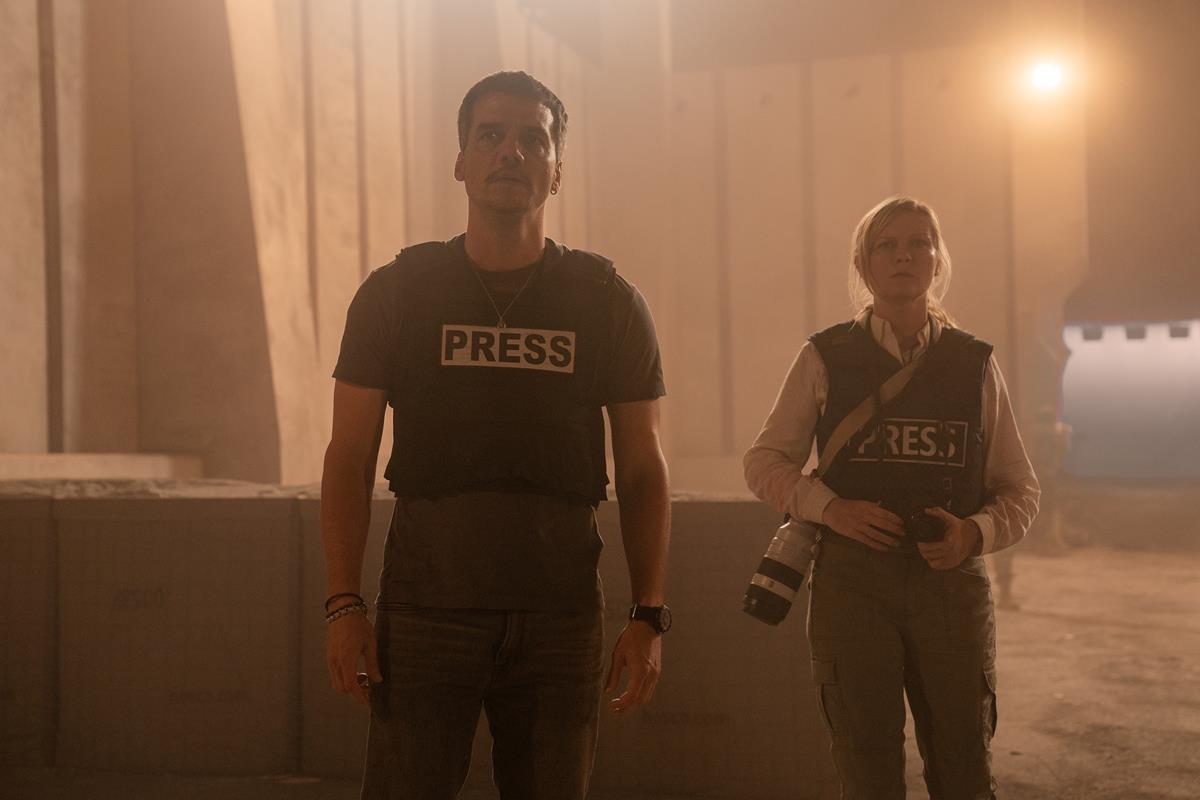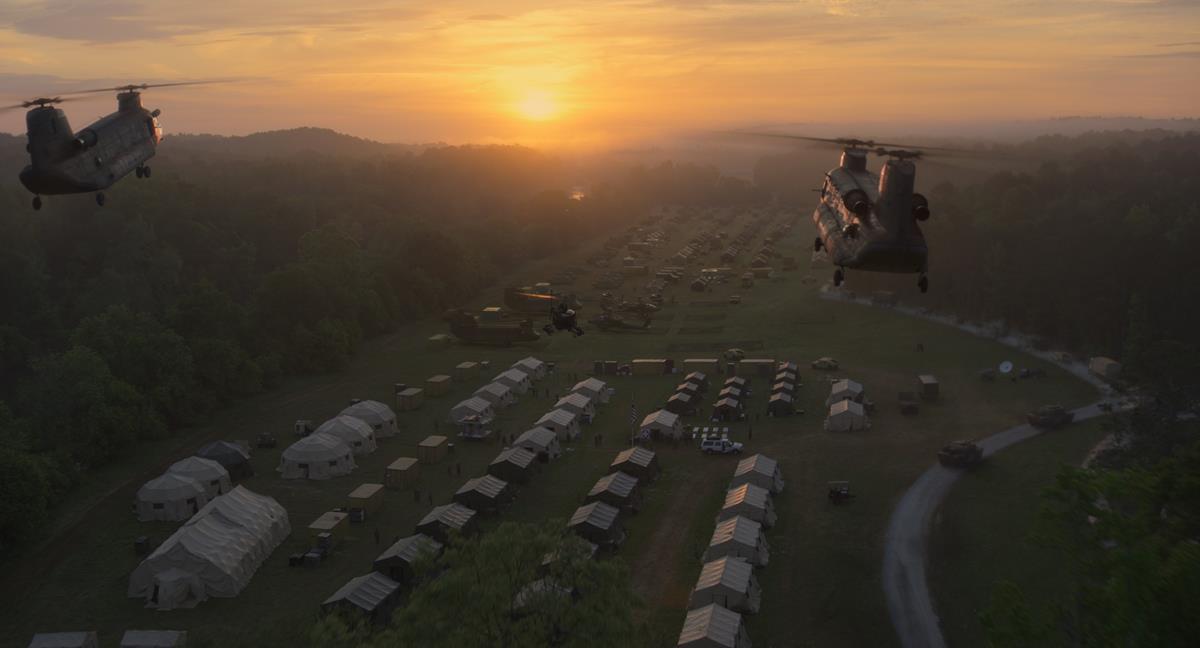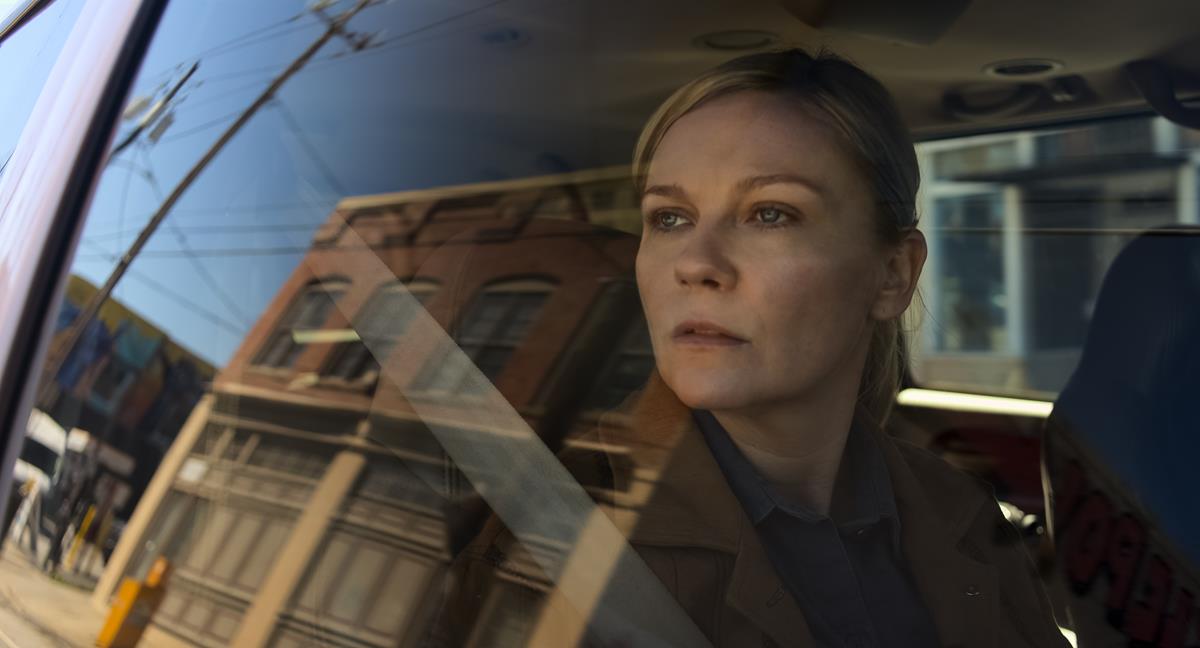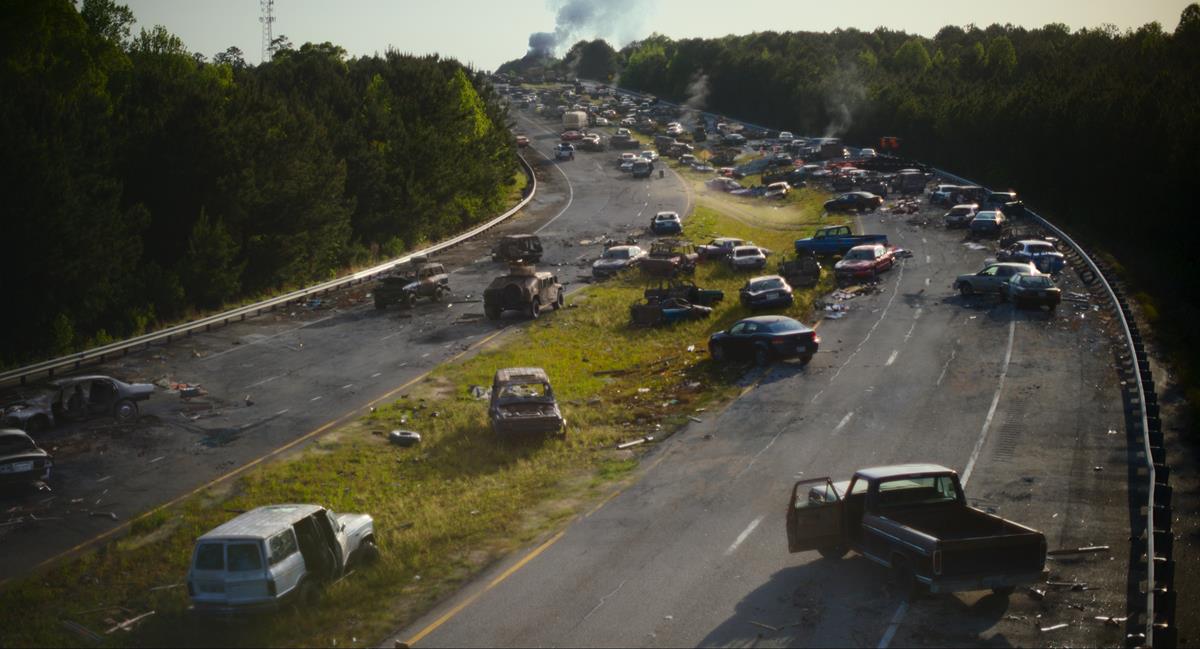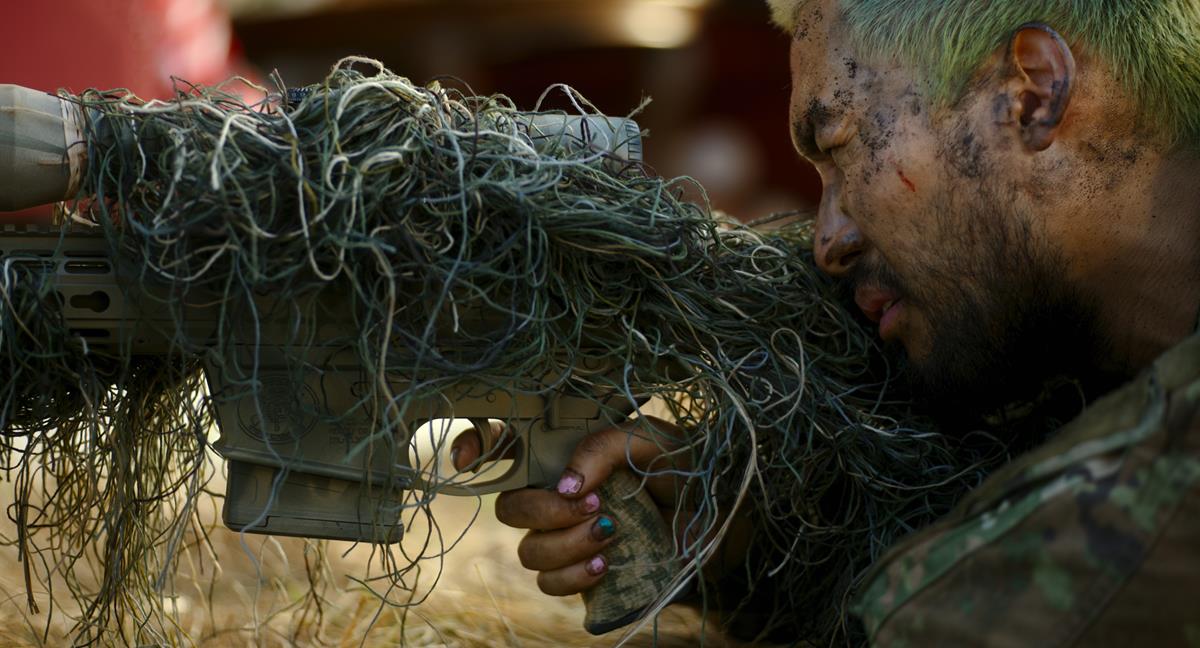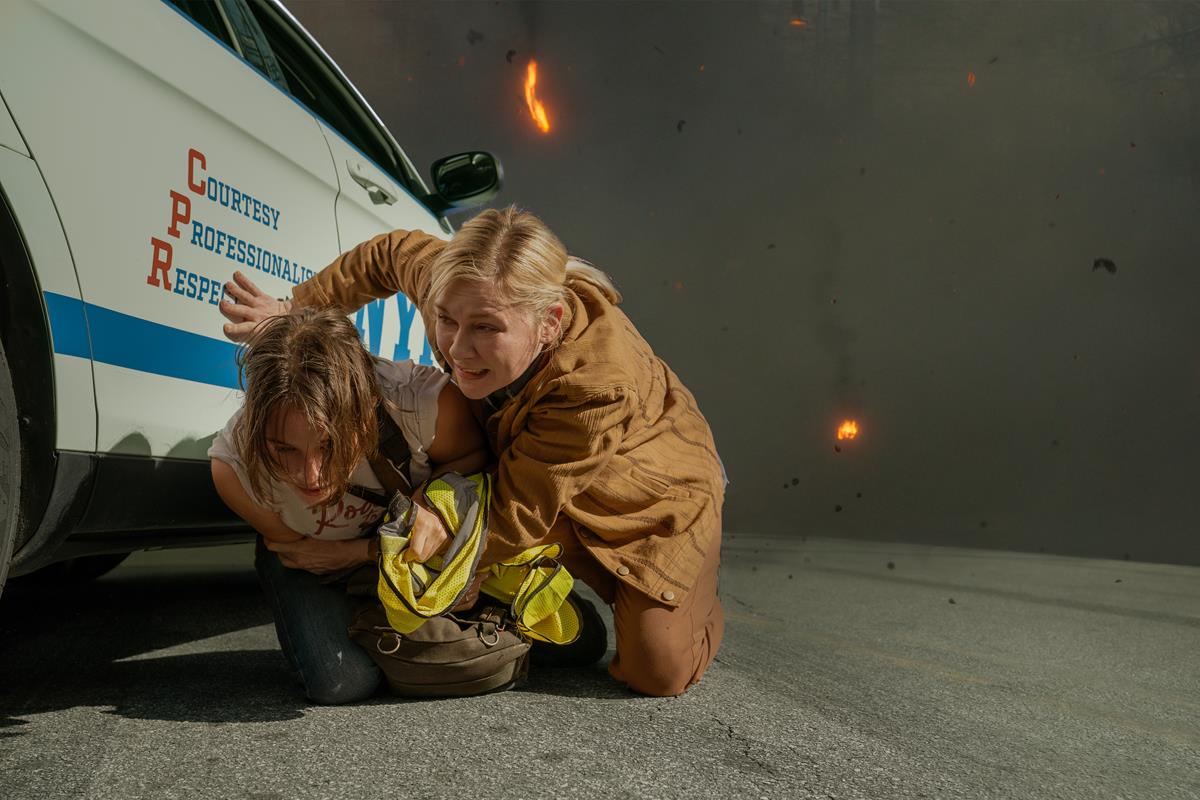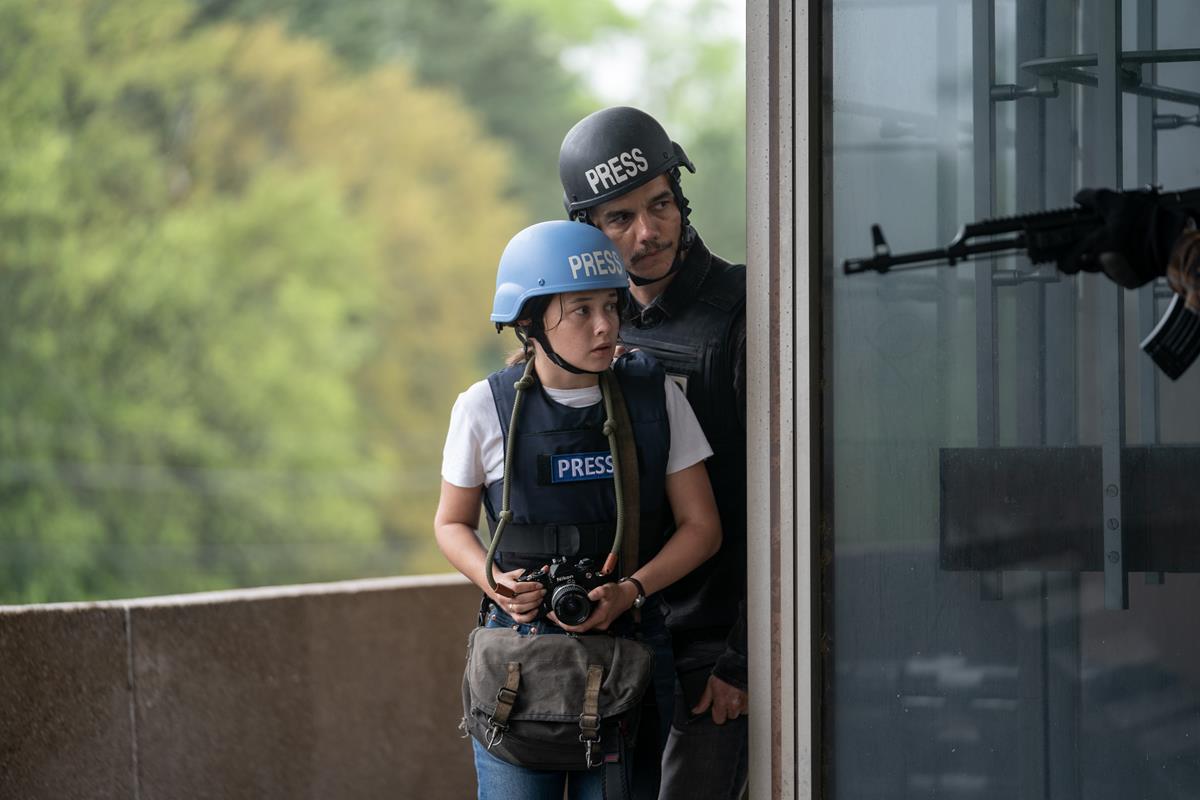
TL;DR
- Writer-director Alex Garland describes dystopian action movie “Civil War” as “a war film in the ‘Apocalypse Now’ mode.”
- He sheds light on his unconventional filming style and how he crafted the film’s unique political tone by depoliticizing the reasons behind the American Civil War.
- The film’s particular focus is on what happens when journalists are silenced and there’s a loss of shared truth.
Perhaps it could only take an outsider to update the American Civil War of the 1860s and imagine what would happen if similar events tore apart the United States today.
British writer-director Alex Garland didn’t have to look far for inspiration: The January 6, 2021 mob attack on the Capitol was a vivid insurrection filmed live on TV in broad daylight. While these events are a thinly disguised template for the finale of his film Civil War, Garland seems less interested in apportioning blame to the political right or left than in asking why we might end up there again.
You could see similar events play out in Britain or any other country, he told an audience at SXSW after the film’s premiere. “Any country can disintegrate into civil war whether there are guns floating around the country or not,” he suggested, adding that “civil wars have been carried out with machetes and still managed to kill a million people.”
It is as much a road movie as it is a war film, offers an alternate reality about what happens when nobody listens to the other point of view. Its particular focus is on what happens when journalists are silenced and there’s a loss of shared truth.
“I’ve known a lot of war correspondents because I grew up with them,” Garland said in the same on-stage interview. “My dad worked [as a political cartoonist] on the Daily Telegraph. So I was familiar with them.”
Garland showed cast and crew the documentary Under The Wire about war correspondent Maria Colvin, who was murdered in Syria. His lead characters are news and war photographers played by Kirsten Dunst and Cailee Spaeny, whose character’s names echo those of acclaimed photojournalists Don McCullin and Lee Miller. Murray Close, who took the jarringly moving photographs that appear in the film, studied the works of war photographers.
“There are at least two [types of war photographer],” said Garland. “One of them is very serious minded, often incredibly courageous, very, very clear eyed about the role of journalism. Other people who have served like veterans are having to deal with very deep levels of disturbance (with PTSD) and constantly questioning themselves about why they do this. Both [types] are being absorbed and repelled at the same time.”
He represents both types in the film. While it is important to get to the truth — in this case, the money shot of the execution of the US President — he questions if that goal should take priority over everything else they come across in their path. At what point, Garland asks, should the journalist stop being a witness and start being a participant?
“Honestly, it’s a nuanced question, nuanced answer,” he said. “I can’t say what is right or wrong. There’s been an argument for a long time about news footage. If a terrible event happens, how much do you show of dead bodies? Or pieces of bodies? Does that make people refuse to accept the news because they don’t want to access those images? Or worse, does it make them desensitized to those kinds of images? It’s a tricky balance to get right.”
In this particular case, one of the agendas was to make an anti-war movie if possible. He refers to the controversial Leni Riefenstahl directed 1935 film Triumph for the Will, which is essentially Nazi propaganda.
Garland didn’t want to accidentally make Triumph for the World, he said, by making war seem kind of glamorous and fun. “It’s something movies can do quite easily,” he said. “I thought about it very hard and in the end, I thought being unblinking about some of the horrors of war was the correct thing to do. Now, whether I was correct or not, in that, that’s sort of not for me to judge but I thought about it.”
Garland establishes the chaos early, as Dunst’s character covers a mob scene where civilians reduced to refugees in their own country clamor for water. Suddenly, a woman runs in waving an American flag, a backpack full of explosives strapped to her chest.
“Like the coffee-shop explosion in Alfonso Cuarón’s Children of Men, the vérité-style blast puts us on edge — though the wider world might never witness it, were it not for Lee, who picks up her camera and starts documenting the carnage,” reviews Peter Debruge at Variety.
READ MORE: ‘Civil War’ Review: Alex Garland Tears America Apart, Counting on Divided Audiences to Prevent His Worst-Case Horror Show (Variety)
To achieve the visceral tone to the action, Garland decided to shoot largely chronologically as the hero photographers attempt to cross the war lines from California to the White House.
After two weeks of rehearsals to talk through motivations and scenes and characters, Garland and DP Rob Hardy then worked to figure out how they were going to shoot it. He wanted the drama to be orchestrated by the actors, he told SXSW. “The micro dramas, the little beats you’re seeing in the background, are part of how the cast have inhabited the space.”
Spaeny, offers insight into Garland’s “immersive” filming technique: “The way that Alex shot it was really intelligent, because he didn’t do it in a traditional style,” she says. “The cameras were almost invisible to us. It felt immersive and incredibly real. It was chilling.”
A featurette for the movie sheds light on Garland’s unconventional filming style, in which he describes Civil War as “a war film in the Apocalypse Now mode.”
While the A-camera was a Sony VENICE, they made extensive use of the DJI Ronin 4D-6K, which gave the filmmakers a human-eye perception of the action in a way that traditional tracks, dollies and cranes could not. They also bolted eight small cameras to the protagonists’ press van.
Aiming to balance both characters’ impulses while giving the audience a visceral sense of the danger, Hardy needed camera systems that were as flexible as possible, he recounted to IndieWire’s Sarah Shachat.
He found that having six Ronin 4Ds (one became a casualty of the shoot) allowed the camera team to get as close as possible to the perspective of the journalist characters in action sequences without needing to truncate or interrupt the action, Shachat notes.
“Since Ex Machina, we’ve very much set the precedent that would create these immersive environments and the cameras almost become secondary; the actors and everybody can walk into that environment and make it feel as authentic as possible. Which sounds like, well, wouldn’t that be a standard thing to do in all aspects of filmmaking? But surprisingly, it’s not,” Hardy said.
The smaller Ronin cameras allowed the DP and his team to switch between handheld and Steadicam work, as well as more composed shots, employing the visual language of both road trip and combat films.
“I could sit back on wheels if I needed to and have another operator in amongst the action and see things from a distance a bit more globally and make decisions about framing,” Hardy said.
“We were always working towards the idea that every single shot could be a still image if you went through each and every frame and picked that singular moment, and so the framing needed to be very important.”
READ MORE: ‘Civil War’ Is About Photojournalists — So Its War Photography Had to Hurt (IndieWire)
For the film’s harrowing crescendo, a 15-minute siege on Washington, DC, Hardy employed a highly kinetic, verité approach. Emphasizing the journalists’ perspective as caught in the middle of the attack, it is a high-decibel, chaotic sequence, showcasing an array of practical effects, including speeding Humvees, bulldozing tanks, and nonstop gunfire.
“We were, to use a technical term, blowing shit up,” the DP tells Jake Kring-Schreifels at The Ringer. “It had to be that way. Everything was about creating this authentic environment.”
During pre-production, Garland and Hardy worked closely with production designer Caty Maxey and other department heads to map out locations and choreography, as well as which shots would be built by a VFX team. They then built a 20-foot and three-dimensional scale model of the city, labeling where and how each section of Washington, DC, would be filmed.
“The aerial bombing of the Lincoln Memorial, for example, would contain real second-unit shots of the city that visual effects teams would overlay with fiery destruction. But as the sequence swooped down to ground level, production would move to Stone Mountain Park, where Maxey was responsible for furnishing the foreground of a massive assault,” Kring-Schreifels details.
One major benefit of the scale model was that it could be used by every creative department to pinpoint the locations of tactical explosions, as well as the physical dimensions of the space and a general flow of the action.
“We would have many, many meetings like, ‘OK, so this vehicle comes in here, they’re gonna approach here, but these guys are going to stop them, so then this is going to look like that,’” Hardy recalls.
“I remember walking onto that set, and by the time we got to it, it honestly did feel like the eve of the final battle,” Hardy says. “Everybody knew what they were going to do.”
READ MORE: How ‘Civil War’ Staged an Attack on Washington, D.C. (The Ringer)
To Matthew Jacobs at Time Magazine, Spaeny likened the road scenes to a play, adding, “unlike theater, or even a typical movie shoot, Civil War changed locations every few days as the characters’ trek progressed, introducing constant logistical puzzles for the producers and craftspeople to solve.”
Dunst’s husband Jesse Plemons makes a brief appearance in the film, but commands the scene as a menacingly inscrutable soldier carrying a rifle and wearing a distinct pair of red sunglasses.
“I can imagine that people might read into or some kind of strange bit of coding into Jesse Plemons’s red glasses,” Garland says in A24’s notes. “Actually, that was just Jesse saying, I sort of think this guy should wear shades or glasses. And he went out himself and he bought six pairs, and we sat there as he tried them on, and when he got to the red ones, it just felt like, yep, them.”
READ MORE: How Alex Garland and His Cast Created the Sobering Dystopia of Civil War (Time Magazine)

Why subscribe to The Angle?
Exclusive Insights: Get editorial roundups of the cutting-edge content that matters most.
Behind-the-Scenes Access: Peek behind the curtain with in-depth Q&As featuring industry experts and thought leaders.
Unparalleled Access: NAB Amplify is your digital hub for technology, trends, and insights unavailable anywhere else.
Join a community of professionals who are as passionate about the future of film, television, and digital storytelling as you are. Subscribe to The Angle today!




